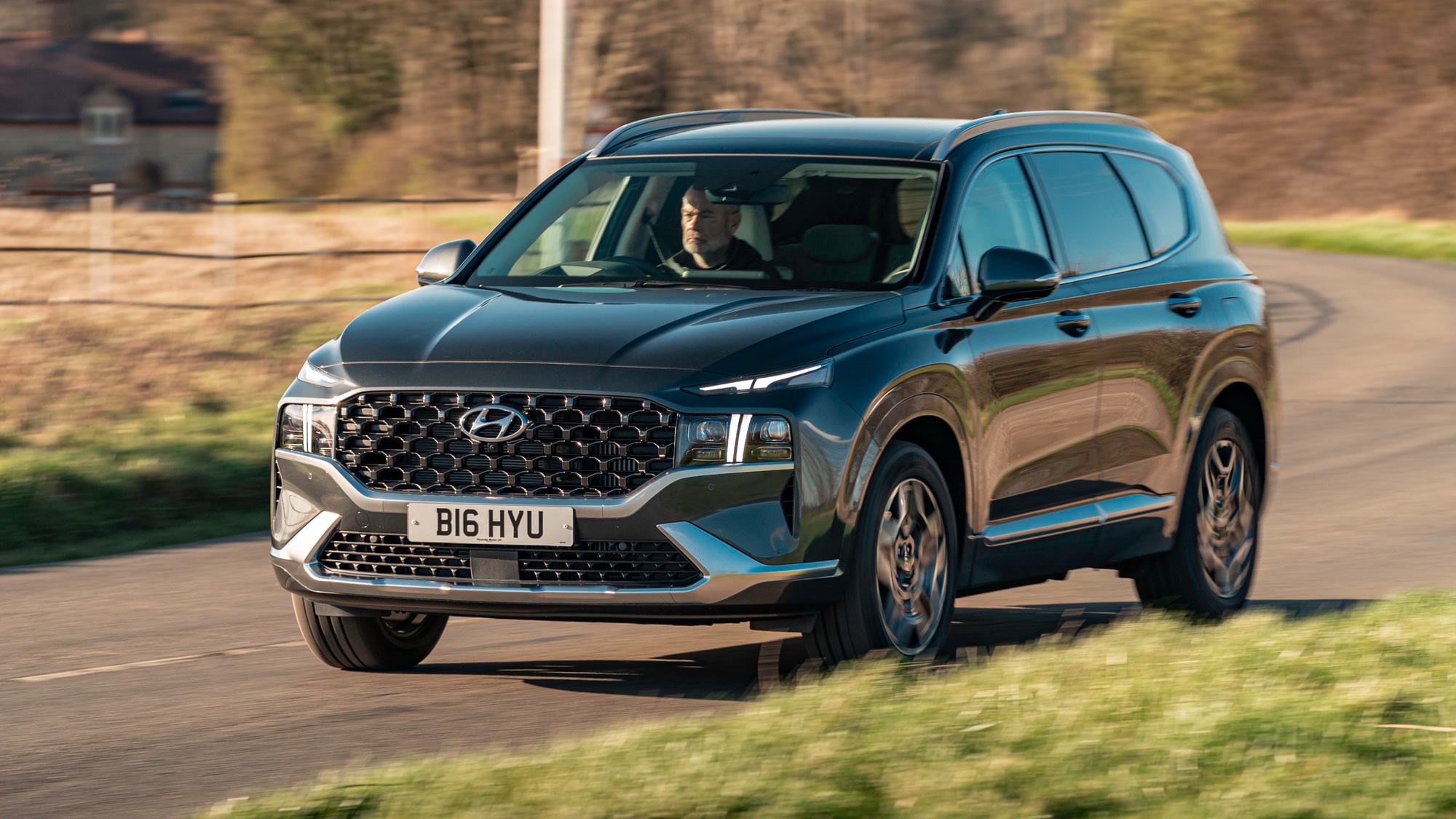Introduction
Self-driving cars are the future of the auto industry. They’ll soon be cheaper to buy and own than traditional vehicles, which means that more people will have access to them. As more people get their hands on self-driving cars, they’ll be able to travel farther distances than ever before—and those vehicles could help reduce carbon emissions by encouraging people to use public transportation or carpool with friends instead of driving themselves everywhere.
Self-driving cars will be disruptive to the auto industry because they’re cheaper than human drivers and will make owning a car more affordable.
Self-driving cars will be disruptive to the auto industry because they’re cheaper than human drivers, and will make owning a car more affordable for people who can’t afford one today.
Driverless cars are cheaper than human drivers because computers aren’t paid wages, insurance or benefits.
Self-driving cars are still new, and it will take some time for them to reach their full potential in terms of cost and affordability.
Self-driving cars are still new, and it will take some time for them to reach their full potential in terms of cost and affordability. As we mentioned earlier, there are many factors that go into the price of a self-driving car: the hardware and software involved in making it work properly; government regulations that dictate how these vehicles can be marketed and sold; research costs associated with developing new models; etc.
As we have seen with smartphones (and most other technologies), prices decrease over time as technology advances become cheaper to produce and more accessible to consumers at large. That’s why you can buy an iPhone 8 today for $699 but didn’t have access to one until 2007 when they first launched at $499 each–that’s more than half off!
If you look at historical trends in the auto industry since its inception 150 years ago until today, you’ll notice that vehicle prices haven’t always gone down either: they’ve fluctuated over time depending on supply/demand dynamics within specific markets around the world during particular periods based on demographics among other things.”
Driverless cars will disrupt the auto industry because they’ll make owning a car more affordable for people who can’t afford one today.
The low cost of self-driving cars will disrupt the auto industry because it will make owning a car more affordable for people who can’t afford one today.
A new report by McKinsey & Company predicts that driverless cars will dramatically reduce the cost of personal mobility, bringing down the price of owning a car from $1/mile to just $0.10/mile by 2030. The reason? Driverless vehicles are far cheaper to operate than traditional vehicles because they require fewer parts and labor costs associated with maintenance and repair work, plus they don’t need gas or insurance (which adds up quickly).
Driverless cars are cheaper than human drivers because computers aren’t paid wages, so there’s no need to pay them.
One of the biggest factors in the cost of autonomous vehicles is that they don’t need to be paid wages. Computers aren’t given health insurance, benefits, vacation time or sick leave. In fact, they don’t even have a lunch break!
All of these savings add up over time and make self-driving cars cheaper than human drivers–especially once you factor in all their accidents too!
It currently costs less to buy a traditional car than it does for driverless technology, but costs will drop as the technology becomes more advanced.
It currently costs less to buy a traditional car than it does for driverless technology, but costs will drop as the technology becomes more advanced. The low cost of self-driving cars will disrupt the auto industry by making them more accessible and affordable, which will lead to an increase in adoption rate. In fact, some analysts predict that driverless vehicles could account for up to 50{a5ecc776959f091c949c169bc862f9277bcf9d85da7cccd96cab34960af80885} of all miles driven by 2030 (1).
However, there are still many factors affecting how quickly these changes occur:
Driverless vehicles have lower maintenance costs than traditional vehicles, so they can be sold at lower prices without losing money on each sale.
The low maintenance cost of driverless vehicles will disrupt the auto industry.
Driverless cars have fewer moving parts, so they don’t need as much maintenance. This means that the car’s owner can expect to spend less time at the mechanic’s shop and more time on the road with their family or friends. Driverless cars are also more reliable than traditional vehicles–they’re less likely to break down on the road, which means fewer accidents and less downtime for repairs. As a result, driverless cars can be sold at lower price points without losing money on each sale.
Driverless cars are cheaper than human drivers
Driverless cars don’t need to be paid, so they cost less.
Driverless cars are more reliable than human drivers, and won’t get distracted or tired.
Driverless cars are safer than human drivers, because they don’t make mistakes like speeding or running red lights.
Conclusion
Driverless cars are the future, and they’re going to disrupt the auto industry by making it cheaper for people to own cars. The low costs of self-driving technology will allow manufacturers to sell vehicles at lower prices without losing money on each sale. This means that more people will be able to afford owning their own car than ever before!



More Stories
Introducing Safe Autonomous Vehicles
This Guide Helps You Create Powerful Pieces About Technology Autonomous Vehicles
Autonomous Vehicles Will Be Cheaper To Own Than A Car